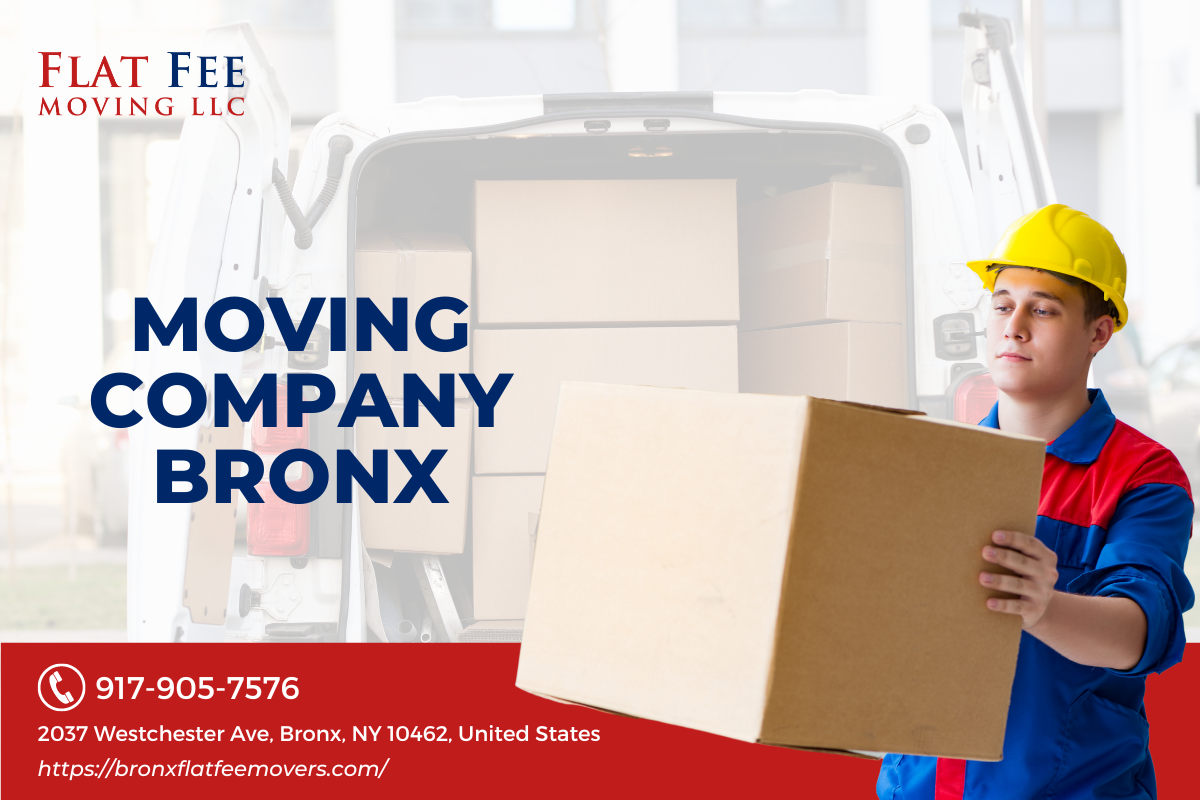
Introduction
Moving is a challenging process for anyone, but it can be particularly difficult for individuals with limited mobility or disabilities. The logistics of packing, transporting, and unpacking belongings can seem overwhelming when faced with physical limitations. However, with careful planning and the right resources, long distance moving can be manageable for individuals with limited mobility or disabilities. In this article, we will explore various strategies and tips for handling long distance moving in such situations.
How to Handle Long Distance Moving with Limited Mobility or Disabilities: A Comprehensive Guide
1. Start Planning Early
One of the key factors in ensuring a successful long distance move is to start planning early. This is especially important for individuals with limited mobility or disabilities as they may require additional time to make necessary arrangements. Begin by creating a detailed moving checklist that outlines all the tasks that need to be completed before, during, and after the move.
2. Research Long Distance Movers
Finding a reliable and trustworthy long distance moving company is crucial for individuals with limited mobility or disabilities. Look for movers who have experience handling moves involving individuals with special needs. Consider hiring professional movers who specialize in assisting people with disabilities.
3. Communicate Your Needs
When contacting long distance movers, clearly communicate your specific needs and requirements. Inform them about any mobility aids or equipment you will be bringing along and discuss how they can accommodate these items during the move. It's important to ensure that the moving company understands your unique circumstances and is equipped to handle them.
4. Create an Inventory of Belongings
Before the move, create a detailed inventory of all your belongings. This will not only help you keep track of your items but also assist in determining what needs to be packed and what can be left behind. Categorize your belongings into essential items and non-essential items to prioritize packing and unpacking.
5. Declutter and Downsize
Moving presents an excellent opportunity to declutter and downsize your belongings. Consider donating or selling items that you no longer need or use. This will help reduce the overall volume of belongings to be moved, making the process more manageable.
6. Arrange for Special Assistance
If you anticipate needing special assistance during the move, such as wheelchair-accessible transportation or additional support with lifting or carrying items, make arrangements in advance. Reach out to local organizations or services that cater to individuals with disabilities to inquire about available options.
FAQs:
Q: How can I find long distance movers in Bronx who specialize in assisting individuals with disabilities?
A: To find long distance movers in Bronx who specialize in assisting individuals with disabilities, you can start by conducting an online search using keywords like "long distance movers Bronx" or "movers near me." Additionally, reach out to local disability organizations or support groups for recommendations and referrals.
Q: What should I do if I require wheelchair-accessible transportation during the move?
A: If you require wheelchair-accessible transportation during the move, inform the moving company about your needs in advance. They can make arrangements for a vehicle equipped with a wheelchair lift or ramp to ensure your comfort and convenience.
Q: How can I ensure the safety of my belongings during a long distance move?
A: To ensure the safety of your belongings during a long distance move, consider investing in sturdy packing materials and proper packing techniques. Label boxes clearly and securely pack fragile items. Additionally, consult with the moving company regarding any specific precautions they take to protect items during transit.
Q: Can I hire professional packers and unpackers to assist with the moving process?
A: Yes, many moving companies offer professional packing and unpacking services as an http://travisxaxv966.yousher.com/the-benefits-of-using-professional-electronics-movers-for-a-long-distance-move additional option. Hiring professional packers and unpackers can save time and energy, particularly for individuals with limited mobility or disabilities. Discuss this option with the moving company and inquire about any associated costs.
Q: What should I do if I encounter challenges during the move due to my limited mobility or disability?
A: If you encounter challenges during the move due to your limited mobility or disability, communicate with the moving company promptly. They may be able to provide additional assistance or make alternative arrangements to ensure a smooth transition. It's essential to advocate for your needs throughout the process.
Q: How can I ensure a seamless transition to my new home after the long distance move?
A: To ensure a seamless transition to your new home after the long distance move, consider making arrangements in advance for any necessary modifications or accommodations. This may include installing ramps, grab bars, or other accessibility features. Familiarize yourself with the layout of your new home and plan accordingly.
Conclusion
Handling long distance moving with limited mobility or disabilities requires careful planning, effective communication, and assistance from reliable professionals. By starting early, researching experienced movers, communicating specific needs, creating inventories, decluttering, arranging special assistance, and addressing FAQs, individuals with limited mobility or disabilities can navigate the moving process more smoothly. Remember to advocate for your needs throughout the process and make any necessary preparations for a seamless transition to your new home.